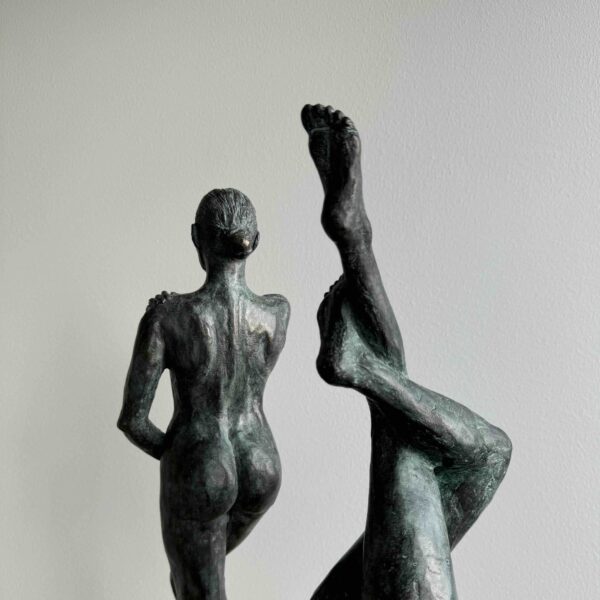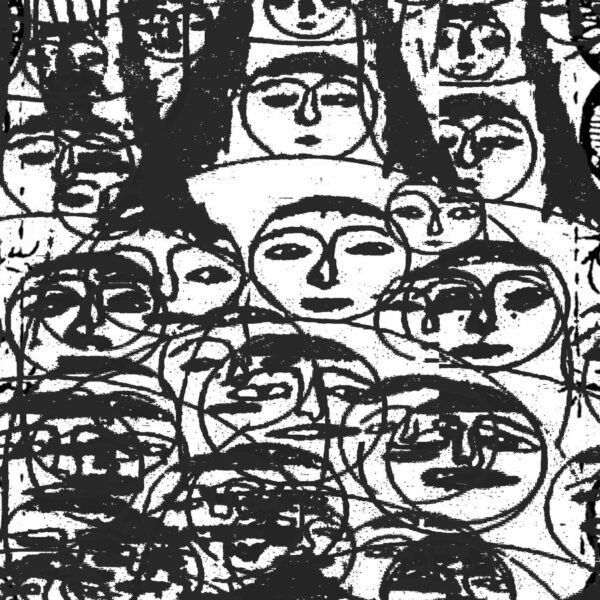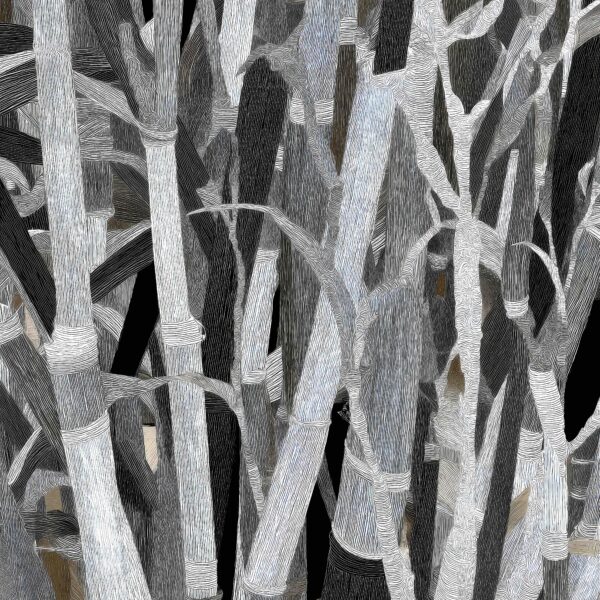Tyler Hobbs and the Evolution of Generative Art: QQL in Focus
In the realm of generative art, few names carry the same weight as Tyler Hobbs. Known for his intricate explorations of computational aesthetics, Hobbs has helped redefine the boundaries between art and technology. With the QQL project—an algorithm designed in collaboration with Indigo Mané in 2022—Hobbs invites collectors to not only engage with generative art but to participate in the creation process itself. This innovative project allows collectors to mint their own unique QQL outputs, playing a vital role in determining which works become part of the official collection of 999 NFTs. The upcoming auction, hosted by Iconic Moments, AOTM Gallery, and the Museum of Art + Light, presents three hand-curated QQL outputs, each accompanied by a museum-quality print, offering collectors the rare opportunity to own a piece of Hobbs’ expanding legacy.
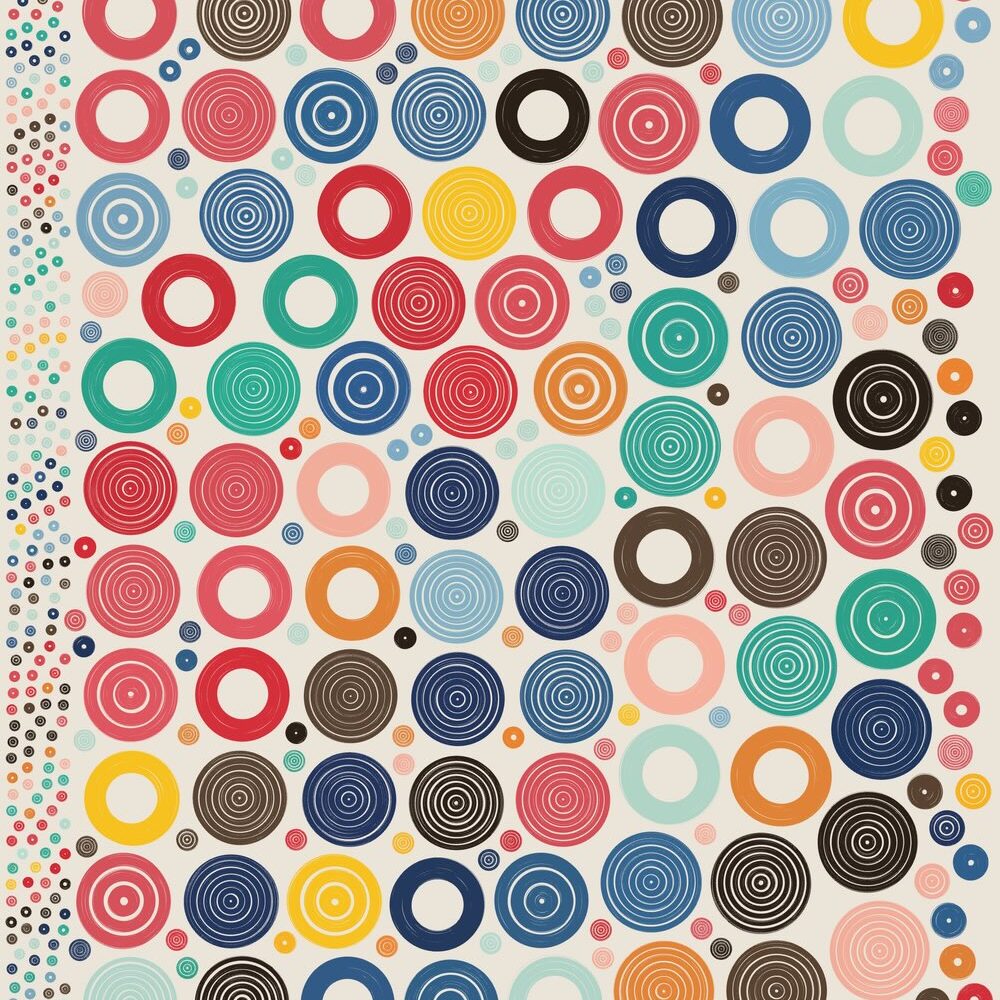
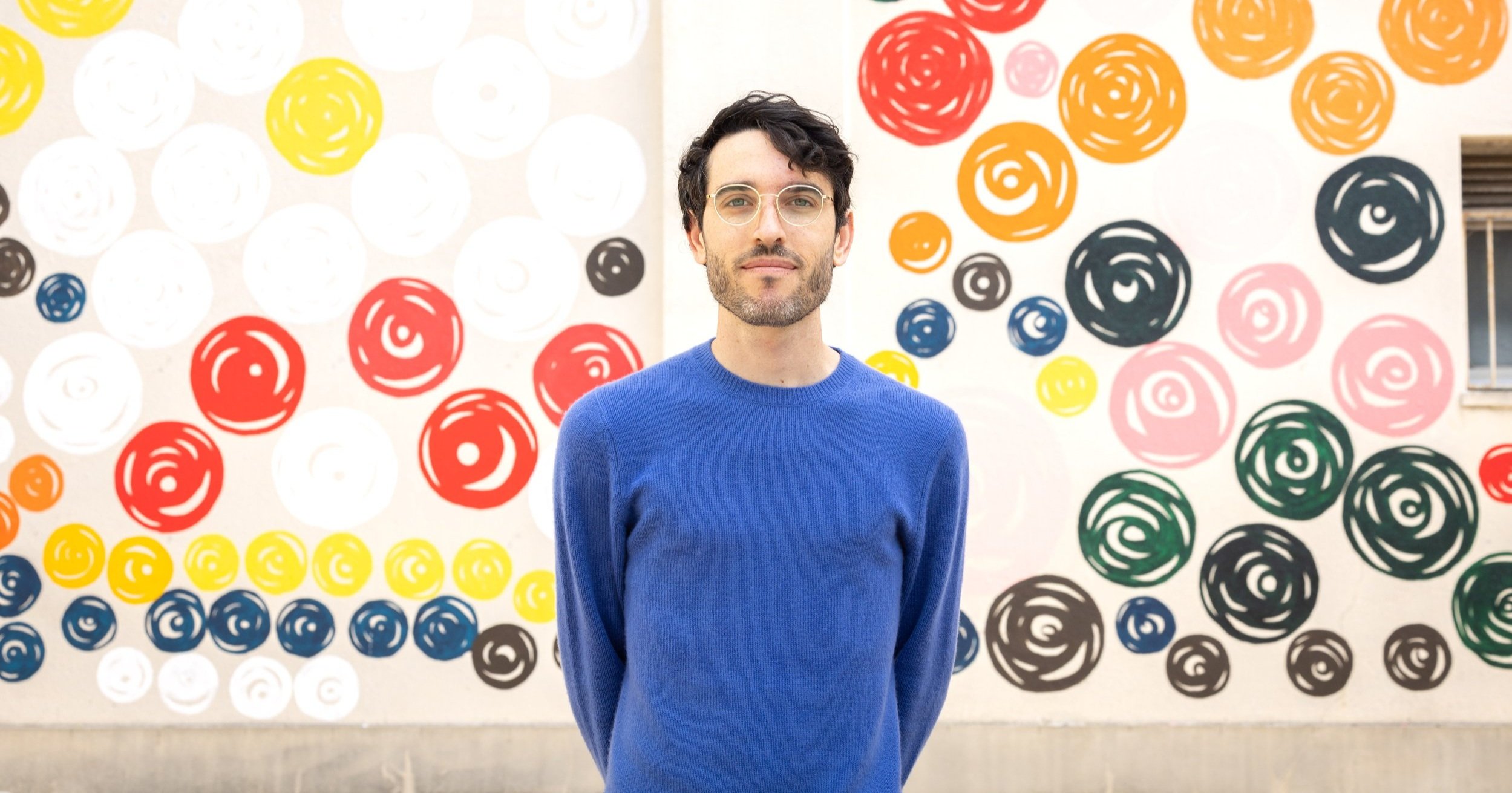
The QQL Algorithm: Balancing Chaos and Curation
At its core, QQL is an experiment in collaboration and curation, where collectors, artists, and the algorithm converge to shape the final outputs. The QQL algorithm generates countless possibilities, but it is the collector’s decision to mint specific outputs that turns them into official works of art. This emphasis on communal curation offers a profound shift in the relationship between creator, audience, and artwork—one that reflects the decentralized ethos of the blockchain, while also harking back to long-standing art historical discussions around the nature of authorship.
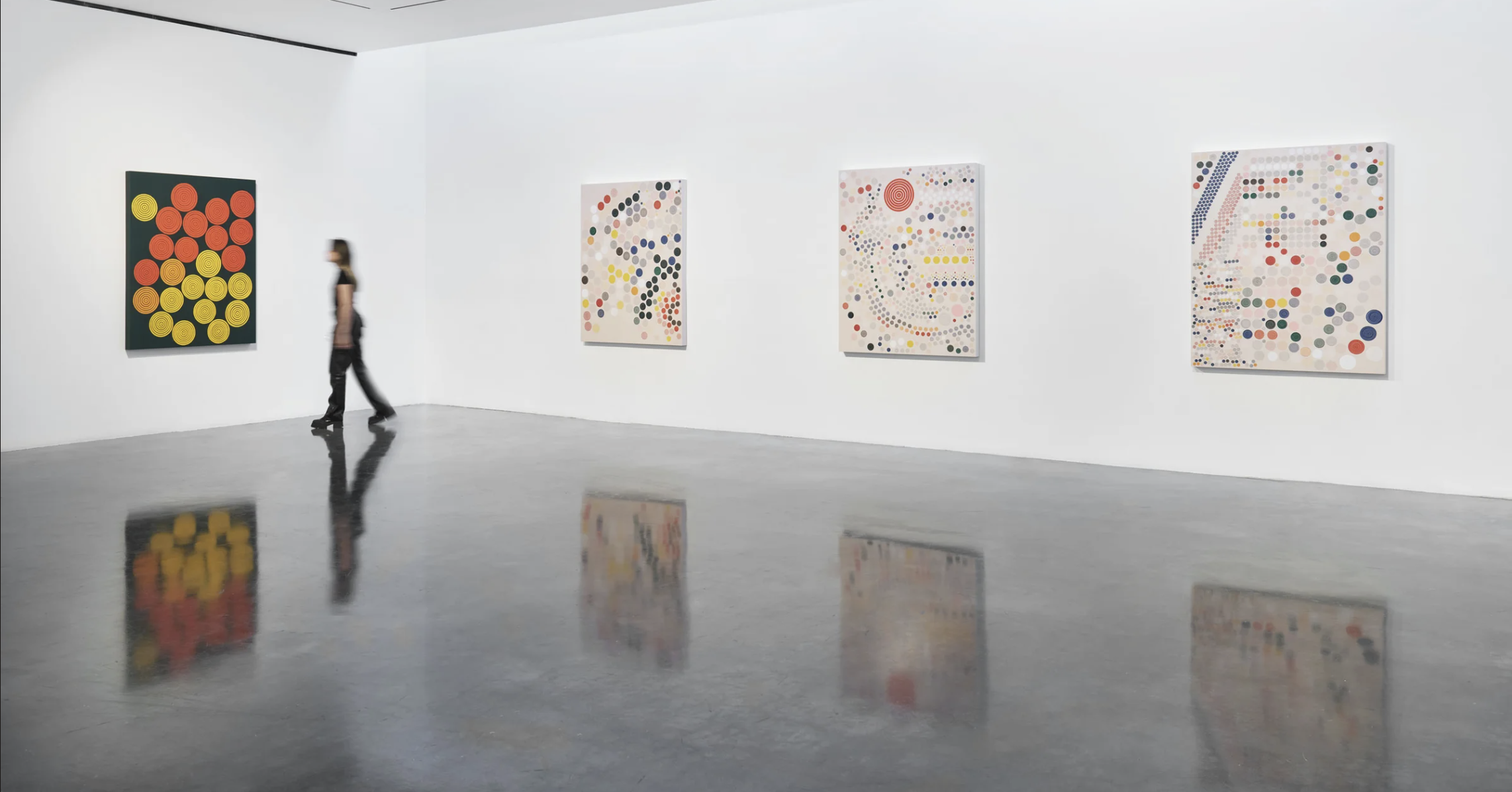
Hobbs’ role in curating the three QQLs included in this auction reflects his keen eye for selecting works that capture the balance between randomness and structure. Each piece highlights a different facet of the algorithm’s capabilities, while collectively they demonstrate the vast potential of parametric design to create varied yet cohesive aesthetic experiences.
QQL #307: An Exploration of Playful Geometric Order
The first of these works, QQL #307, created by Anders Carlson and curated by Hobbs, embodies the playful interaction of simple geometric forms. The composition consists of brightly colored concentric circles arranged in a seemingly random yet visually harmonious pattern. This playful use of color and form calls to mind the geometric abstraction of the Bauhaus movement, particularly the work of Josef Albers, who used repetitive forms and varying hues to explore the interaction of color. Albers’ Homage to the Square series investigated how colors shift in perception when placed in proximity to one another—a principle that can be seen in the way QQL #307 plays with vibrant rings and spiral patterns, creating a dynamic visual rhythm.
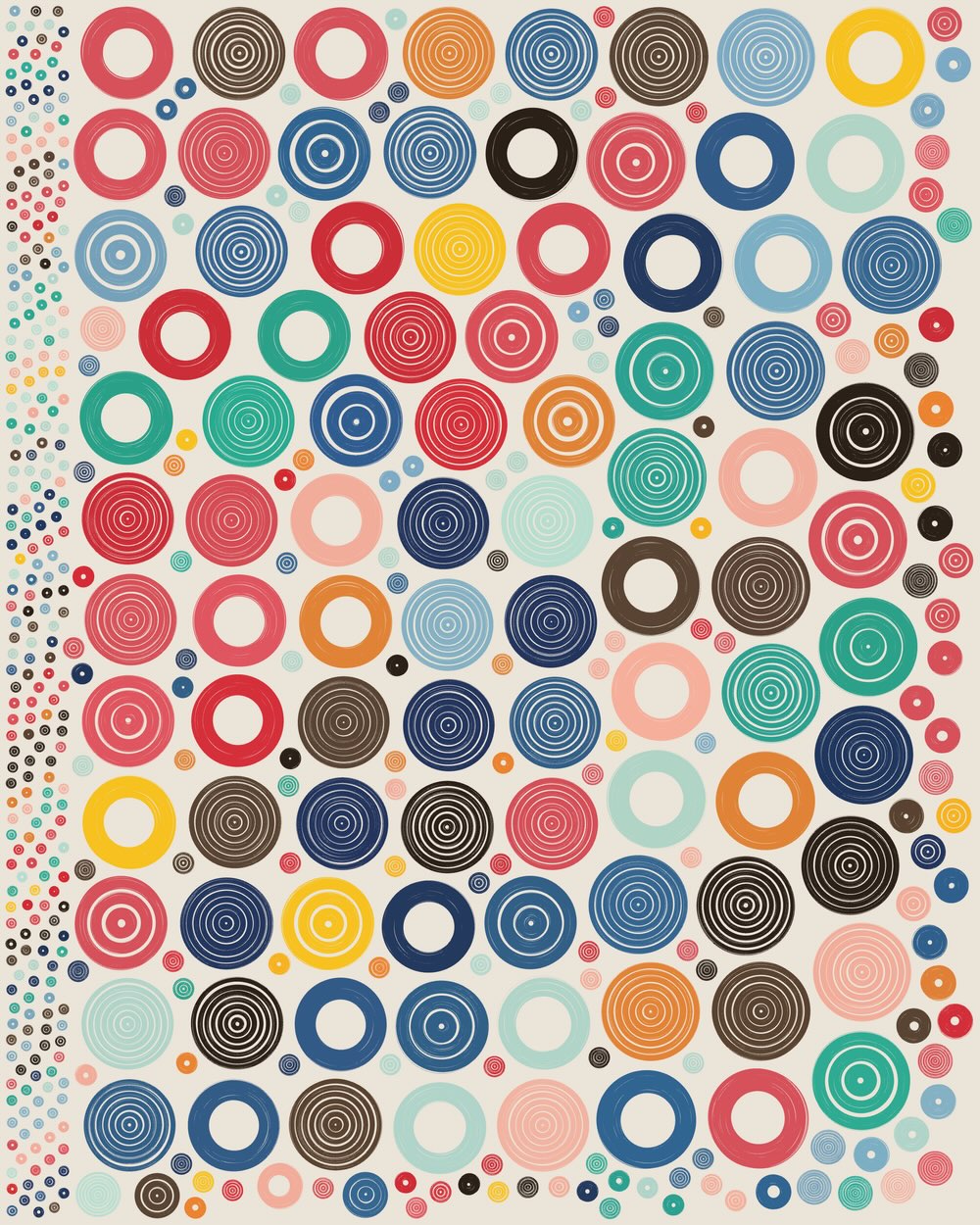
Additionally, the piece taps into the legacy of Op Art, particularly the works of Bridget Riley, whose repetitive patterns and optical illusions create a sense of movement and depth. The swirling forms of QQL #307 similarly play with the viewer’s perception, encouraging the eye to move across the composition in a continuous, hypnotic flow. In this sense, the piece emphasizes the generative possibilities of randomness within a controlled system, reflecting Hobbs’ broader interest in the tension between chaos and order.
QQL #308: A Digital Expression of Pointillism and Systems Art
The second work in the auction, QQL #308, takes a different approach, presenting a dense field of circular forms that appear to fade in and out of focus. This grid-like arrangement recalls early computer art and the work of pioneers like Vera Molnár, who explored the potential of algorithms to create geometric forms that were both precise and unpredictable. Molnár’s use of the computer as a tool for generating art mirrors Hobbs’ practice, where the algorithm serves as a vehicle for discovery rather than a deterministic force.

The pixelated structure of QQL #308 also evokes the techniques of pointillism, particularly the work of Georges Seurat. Seurat used individual dots of color to build larger images, relying on the viewer’s eye to blend them into cohesive forms. Similarly, QQL #308 uses small, repeated circles to create a sense of depth and movement, inviting the viewer to experience the work both as a whole and in its intricate details. However, where Seurat’s pointillism was constrained by the limitations of pigment, Hobbs’ algorithm allows for an infinite variation of forms and colors, unbounded by physical materials.
Conceptually, QQL #308 also resonates with Sol LeWitt’s systems-based art, where simple rules generate complex visual structures. Like LeWitt’s wall drawings, which often left room for interpretation and variation, the algorithm behind QQL #308 creates endless possibilities within a structured framework. The piece demonstrates how generative art can draw on historical precedents while pushing them into new, computationally driven directions.
QQL #309: The Rhythm of Randomness and the Legacy of Minimalism
QQL #309, the final piece in the auction, brings together the themes of repetition, randomness, and order in a composition that feels both tightly controlled and delightfully spontaneous. The work’s grid of concentric circles, arranged in clusters of varying sizes and colors, recalls the minimalist explorations of artists like Ellsworth Kelly. Kelly’s use of hard-edged shapes and bold colors to create visually striking compositions finds resonance in the crisp geometry of QQL #309. However, while Kelly’s works were static and fixed, QQL #309 retains the inherent unpredictability of its algorithmic origin, with each circle contributing to the overall rhythm and flow of the piece.
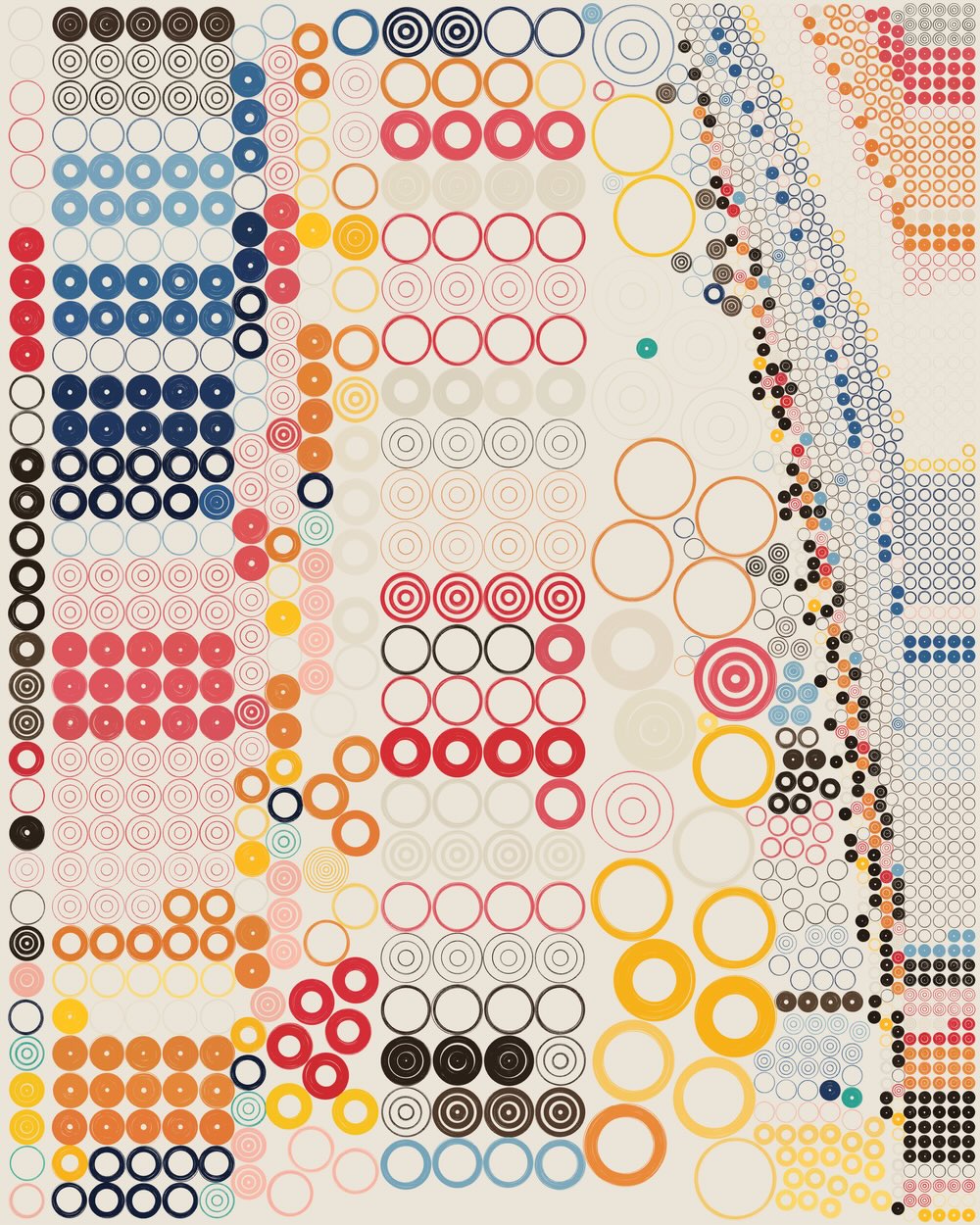
The communal nature of curation in QQL also adds an important dimension to the work. In QQL #309, as in the broader project, the act of selection is just as crucial as the act of creation. Hobbs’ decision to mint this particular output reflects both his curatorial judgment and the larger aesthetic conversations taking place within the QQL community. This collaboration between artist, algorithm, and collector mirrors the participatory ethos of the Fluxus movement, where art was seen not as a fixed object but as a dynamic process shaped by multiple voices.
The Significance of QQL in the Evolution of Generative Art
Together, these three QQL outputs represent the breadth of possibilities offered by the QQL algorithm and the evolving role of communal curation in the digital art space. Hobbs’ work, particularly through the QQL project, challenges traditional notions of authorship, creativity, and artistic control, making space for a more distributed and collaborative approach to art-making.

By incorporating elements of geometric abstraction, Op Art, and systems-based conceptualism, Hobbs’ QQL outputs engage with long-standing art historical traditions while pushing the boundaries of what can be achieved with computational tools. The algorithm serves as both artist and collaborator, generating an infinite number of possibilities while leaving room for human intuition and taste to guide the final outcome.
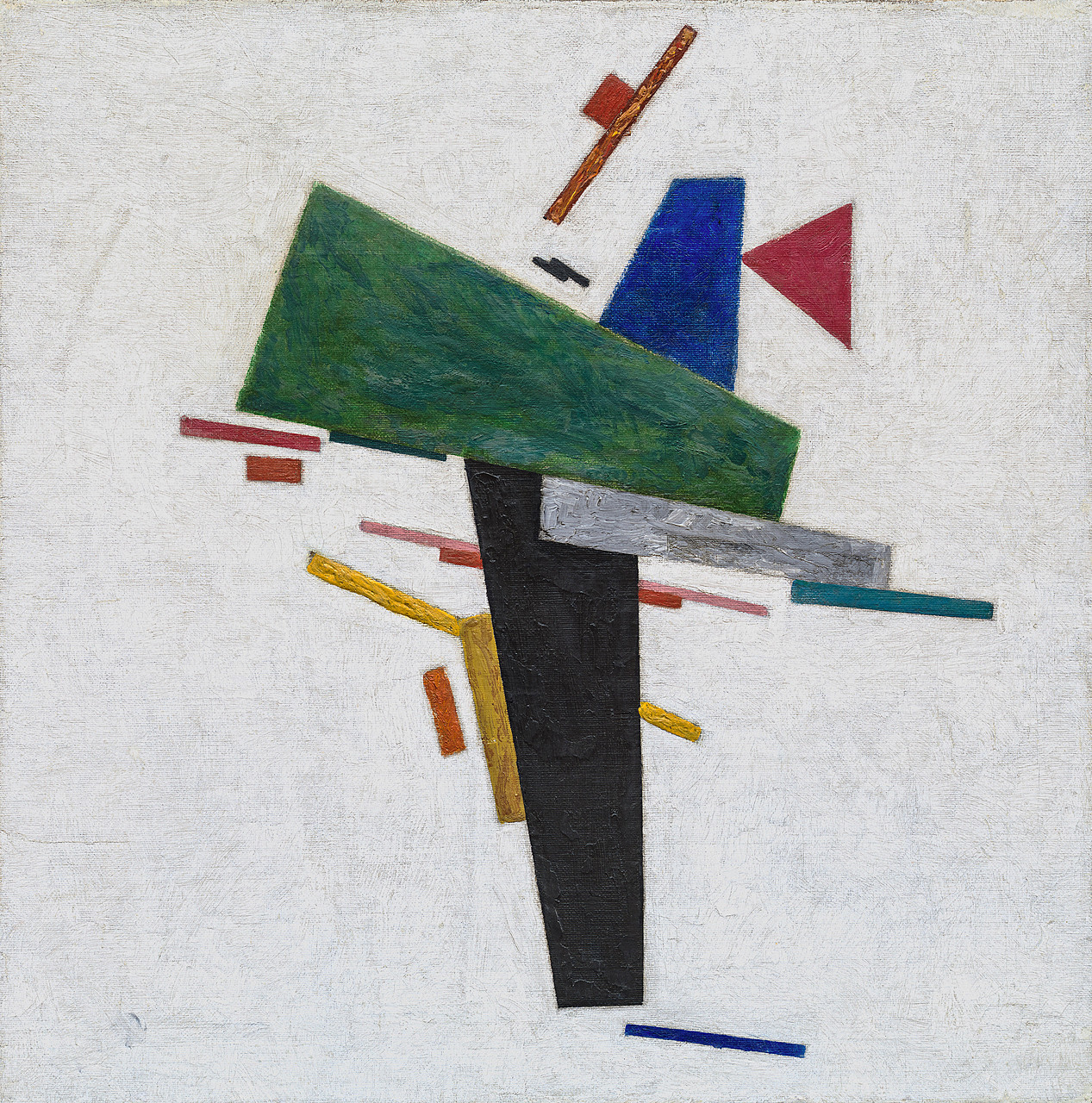
As the lines between the digital and physical continue to blur, Hobbs’ inclusion of museum-quality prints alongside the NFTs in this auction offers a tangible connection to the work, bridging the gap between the ephemeral nature of digital art and the permanence of traditional media. These prints, produced with meticulous attention to detail, mirror the precision and beauty of the digital outputs, providing collectors with a physical manifestation of the algorithm’s generative power.
A Momentous Auction for Generative Art
The upcoming auction of Tyler Hobbs’ QQL outputs, hosted by Iconic, AOTM Gallery, and the Museum of Art + Light, marks a significant moment in the evolution of generative art. By inviting collectors to participate in the curation of the works, Hobbs has created a project that not only pushes the boundaries of computational creativity but also redefines the relationship between artist, audience, and artwork.
Through the lens of art historical comparisons and theoretical frameworks, it becomes clear that Hobbs’ QQL project is more than just an exercise in algorithmic art; it is a reflection of the broader shifts taking place in the art world, where collaboration, technology, and community play increasingly central roles. For collectors and art enthusiasts alike, this auction represents an opportunity to engage with the future of art-making, where creativity is distributed, and the possibilities are endless.

